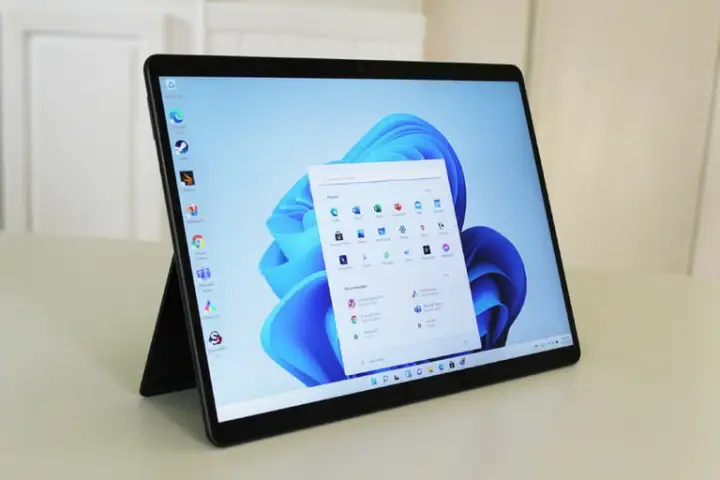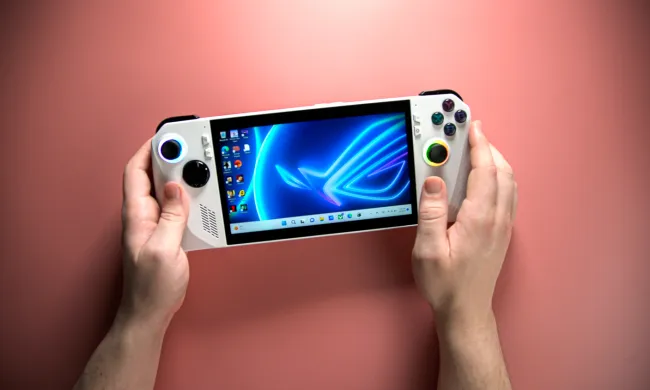Even though Microsoft is heavily promoting its latest Windows 11 platform, adoption of the operating system has largely hit a roadblock. The latest market research suggests that Windows 11 is running on just 1.44% of all PCs on the market today, placing the latest OS behind older, legacy platforms like Windows XP and Windows 7.
For comparison, asset manager software provider Lansweeper‘s market data revealed that older, legacy operating systems, such as Windows XP and Windows 7, command a larger share of the market than Windows 11.

Windows 7, for reference, sits at 4.7% and Windows XP’s market share is at 1.71%. Windows 10 still leads in adoption, with an install base of 80.34%, which is likely due to the ease of upgrading when that OS launched.
On the consumer side, the big culprit for the slow uptake of Windows 11 is likely due to the difficulty in upgrading older systems running Windows 10 or earlier to the latest OS. Early on, Microsoft had placed hardware restrictions on Windows 11, ensuring that only PCs purchased within the last few years are eligible to run the latest OS. In fact, according to Lansweeper’s report, more than half of PCs today cannot upgrade to Windows 11.
“Lansweeper data based on an estimated 30 million Windows devices from 60,000 organizations reveals that on average, only 44.4% of the workstations are eligible to receive the automatic upgrade, while the rest would be ineligible,” the company wrote in its market research.
Since then, Microsoft has eased its position, though getting devices that are deemed incompatible to be able to run Windows 11 requires a manual install — rather than just running the Windows 11 upgrade utility — and performing a registry hack.
Both options increase the resistance to Windows 11 adoption, especially for those who may not feel comfortable with more advanced tinkering. And even if you can force your Windows 10 PC to update to Windows 11, Microsoft does not guarantee that systems that manually upgrade through a registry hack would be eligible to receive software updates, which could potentially put those PCs at risk. The security risk of upgrading could negate any perceived benefits of getting the fresh Windows UI on 11.
Still, running end-of-life operating systems that do not get updates, security patches, or critical system fixes also poses cybersecurity risks.

Businesses may find little reason to upgrade to Windows 11 if existing software performs fine on their current operating system. Historically, businesses have also been slower to upgrade than consumers, opting for platform stability and consistency over any visual appeal that a redesigned OS may bring.
However, not all news is bad news. While Lansweeper’s numbers show a slow uptick for Windows 11 adoption, AdDuplex’s data swung wildly in favor of Microsoft’s latest OS, according to a report on Computer World. AdDuplex reported that Windows 11 adoption is nearing 9%, though it remains unclear how either company arrived at their respective numbers and why there is such a big variance between the reporting.
In addition to a slow upgrade cycle on the software side, Microsoft and its partners are also contending with slowing PC sales. Recent data released by Gartner and IDC suggests that the first-quarter sales for PCs in 2022 have decreased for manufacturers like Lenovo, HP, Acer, and others compared with the same period in the prior year.
“The PC market is coming off two years of double-digit growth, so while the first quarter decline is a change in this momentum, it doesn’t mean the industry is in a downward spiral,” IDC explained in its report.
“We have witnessed some slowdown in both the education and consumer markets, but all indicators show demand for commercial PCs remains very strong,” IDC added. “We also believe that the consumer market will pick up again in the near future.”


